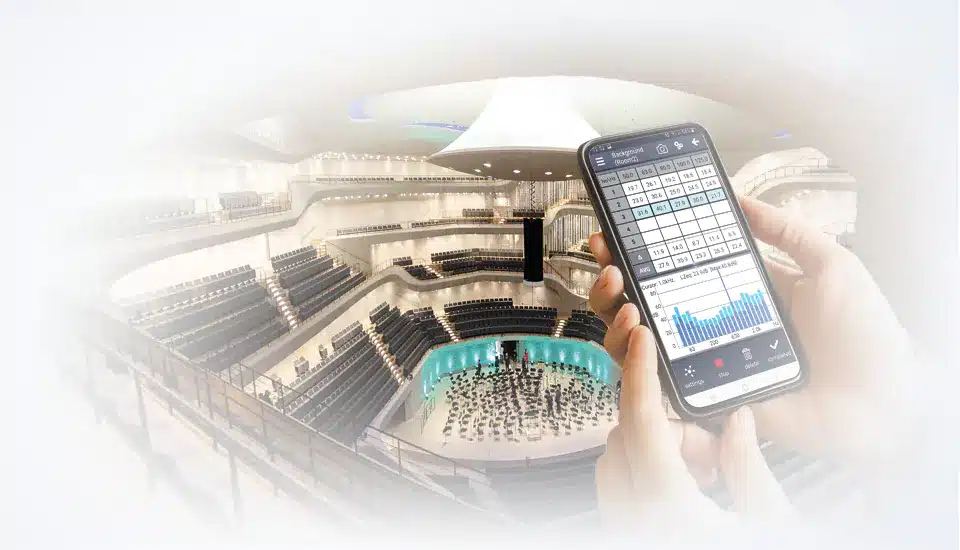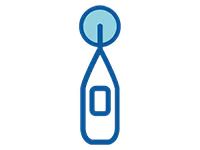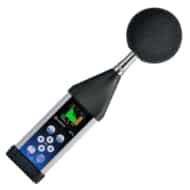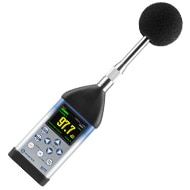Ensuring accurate and reliable building acoustic measurements: The importance of Class 1 instrumentation.
The accuracy and reliability of building acoustic measurements are critical for ensuring that the acoustic performance of a building meets the required standards and provides an acceptable level of comfort for the occupants. To ensure that the measurement results are accurate and consistent, it is important to use instruments that meet the requirements for Class 1 instrumentation as specified in the BS EN 61672-1 standard.
Class 1 instrumentation is the highest level of accuracy and precision available for measuring sound and vibration. These instruments are suitable for use in a wide range of applications, including building acoustics, and are designed to meet the most stringent requirements for accuracy, stability, and repeatability.
By using Class 1 instrumentation for measuring building acoustics, it is possible to obtain accurate and reliable results that can be used to evaluate the acoustic performance of a building and ensure that it meets the required standards. This helps to ensure that the occupants of the building are able to live, work, or study in a comfortable and peaceful environment.
Ensuring accurate measurement results: The importance of calibrating sound level meters
In order to ensure accurate and reliable results when measuring the acoustic performance of a building, it is essential to calibrate the sound level meter before and after a series of measurements. This helps to ensure that the instrument is functioning correctly and providing accurate results.
According to the BS EN IEC 60942 standard, the sound level meter should be calibrated using a Class 1 calibrator. This is the highest level of accuracy and precision available for calibrating sound level meters, and helps to ensure that the measurement results are accurate and consistent.
In addition to calibrating the instrument before and after each series of measurements, it is also important to verify the unit at an accredited laboratory at intervals not exceeding 1 year. This helps to ensure that the instrument is functioning correctly and providing accurate results over time.

